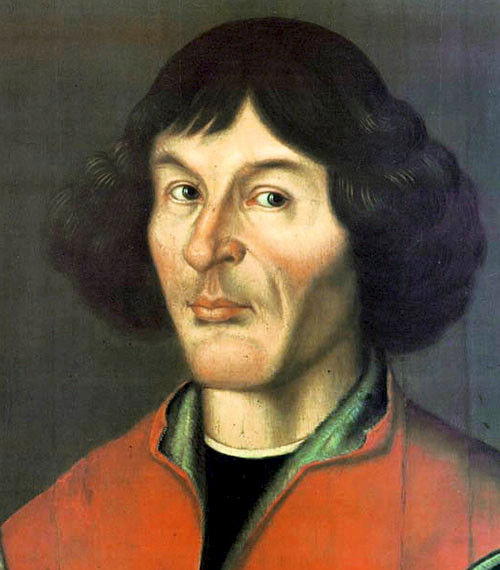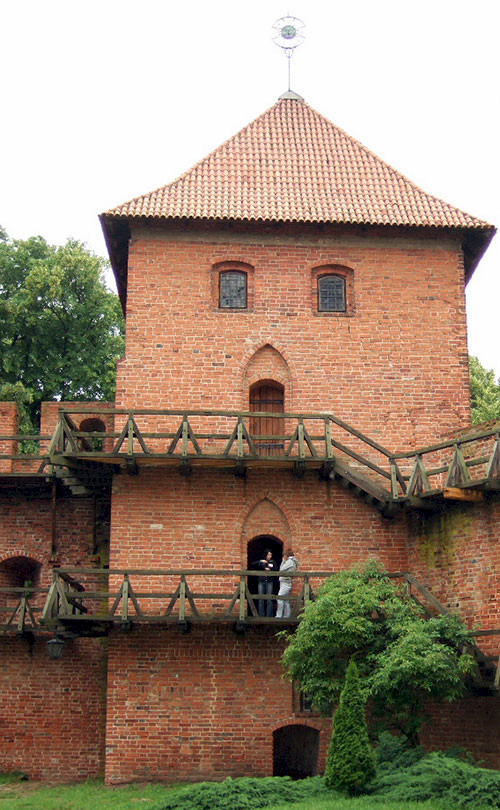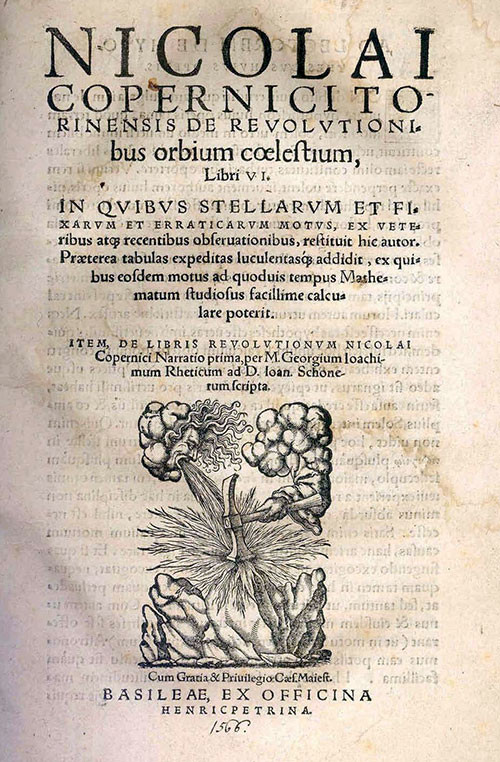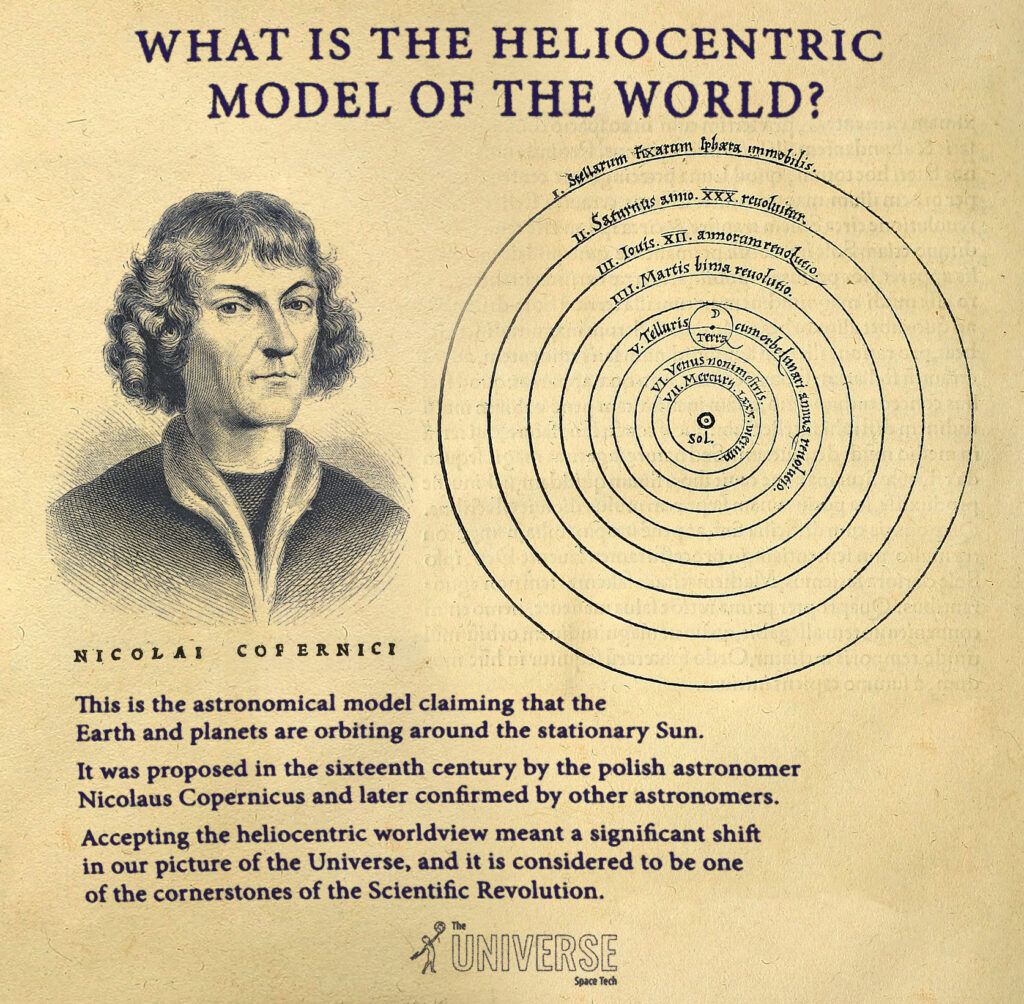Today is the 550th anniversary of Nicolaus Copernicus. He is considered the father of modern astronomy and is best known for postulating that the Earth revolves around the Sun. However, Copernicus was a versatile scholar who studied several unrelated fields, including ecclesiastical law and medicine. And despite the myth that the Catholic Church cursed anyone who supported heliocentrism, Copernicus developed a wonderful relationship with the church. At the beginning of his career, he was elected a canon, which is slightly lower than a bishop, and served as a bishop all his life.

Comes from a family of wealthy merchants
The famous astronomer comes from a large merchant family of Nicholas Copernicus the Major and Barbara Watzenrode. His father appeared in trade books as a wealthy Catholic merchant who sold copper — mainly in what was then Danzig (now Gdańsk). He moved to Torun around 1458 to be as close as possible to the copper markets and at the crossroads of trade routes and the navigable Vistula River. In this city, he married a merchant’s daughter at the age of 35.
He became an orphan early
When the youngest of the children, Nicolaus Copernicus, was 10 years old, his father died. Four orphans were placed under the care of their mother’s brother Lukas Watzenrode, who later became the bishop of Warmia (Ermland). It is difficult to overestimate the influence of the uncle on the fate of children. He did everything possible to ensure that the Copernicus brothers received a quality education. Watzenrode perfectly understood that it was only education that would allow his nephews to find a decent place in life. He not only insisted on a university education, but also found money for it.
Had no problems with the Catholic Church

The Copernicus family never had any disputes with the church. Thanks to the influence of his uncle, Nicholas became a canon in Warmia in northern Poland, although he never took the rank of priest. He carried out his astronomical research in between his ministerial duties. Moreover, the older brother Andreas and sister Barbara also devoted their lives to the Catholic Church. She went to the Benedictine monastery, and at the end of her life she was the prioress of the monastery in Chelmno.
He was never married and had no children
As an official of the Catholic Church, Copernicus was celibate. He was never married, but many historians credit him with an affair with his housekeeper. In the late 1530s, when the astronomer was already over sixty, he met forty-year-old Anna Schilling. She worked for him for two years. For unknown reasons, the bishop under whom he worked reprimanded Copernicus twice for Schilling living with him, even told the astronomer to fire her and wrote to other church officials about it.
Fortunately, the children did not completely disappear from his life. His older sister Kateryna married a Toruń merchant and gave birth to five children. After her death, Copernicus became the financial guardian of his nephews and nieces. He loved them tenderly, took care of them until the end of his life.
Not a single Copernicus’s scientific article in Polish is known

Copernicus wrote scientific works exclusively in German and Latin. We are not aware of a single text by him in Polish. This is explained by the fact that the city where he was born was mainly inhabited by Germans. Moreover, until 1466, Toruń belonged to Prussia.
Studied at four universities
According to the Stanford Encyclopedia of Philosophy, Nicolaus Copernicus studied at universities in Poland and Italy for more than ten years, but always left without receiving a degree. In 1491, he entered the University of Kraków, where he studied theology and became interested in mathematics, astronomy, and astrology. After Poland, the scientist went to study in Italy, which gave him much better opportunities for obtaining knowledge. In 1496, the scientist went to Bologna, where he studied not only canon law, but also ancient languages, mathematics and his favorite astronomy. The next alma mater for Copernicus was the University of Padua, where he mainly studied medicine. After Padua, he entered the University of Ferrara, where he finally received a doctorate in canon law.
Some historians claim that it was a common practice for the students at that time to leave universities without obtaining a degree. Moreover, Copernicus did not need a degree to practice medicine or law, or to work as a member of the Catholic Church.
Made a significant contribution to the economy
We know Copernicus as a famous scientist and a good mathematician, but he was quite decent economist as well. Before taking up astronomy, in 1517 he wrote a research paper on the stabilization of the value of currencies. His ideas about supply and demand, inflation, and government pricing influenced later economic principles such as Gresham’s law and the Quantity Theory Of Money.
Gresham’s Law — “The worst money drives out the best money from circulation.” The authorities of many states carried out defacement of coins. It consisted in reducing the content of gold or silver in them while maintaining the former nominal value. By “deteriorating” money in such a way, the state often tried to solve financial difficulties. The consequences of such actions were an increase in prices and a de facto withdrawal from circulation of “full-weight coins “, as they were rendered treasures with a higher value than the nominal.
The quantity theory of money — The more money there is in circulation, the lower its value is and higher market prices are; and, conversely, the smaller the amount of money in circulation is, the higher its value is and lower level of market prices are. Therefore, by influencing the market prices of goods and services by changing the amount of money in circulation, we are able to influence all economic processes.
He was not the first to invent the heliocentric world system

Copernicus was not the first to think that maybe not everything in the sky revolves around the Earth. The Pythagoreans believed that the Earth revolved around a central fire, which was the Sun, and the ancient Greek astronomer Aristarchus of Samos suggested that the Earth revolves 360 degrees each day and also orbits around the Sun.
The burial place was found only in 2008
Nicholas Copernicus died on May 24, 1543 at the age of 70. For a long time the exact location of his grave was unknown. It was assumed that the astronomer was buried somewhere under the cathedral where he worked. However, in 2005, archaeologists finally discovered his mortal remains. They found part of the skull and a skeleton under the marble floor of the church near the altar. It took three years to complete a forensic facial reconstruction and match the DNA of the scientist’s skeleton with hair from one of his books — but finally archaeologists were able to confirm that they had found Copernicus’ skeleton.
Members of the Polish clergy buried Copernicus a second time in the Basilica of the Assumption of the Blessed Virgin Mary and St. Andrew in Frombork in 2010.
A chemical element is named after him
In 2010, a new chemical element was named after the astronomer. Copernicium (atomic number 112) is the heaviest of the chemical elements officially recognized by the International Union. Denoted by the symbol Cn. Its most stable isotope has a half-life of about 34 seconds, and consists of 112 protons and 173 neutrons. It was first synthesized in February 1996 at the Heavy Ion Accelerator at GSI Helmholtz Centre for Heavy Ion Research in Wixhausen.
